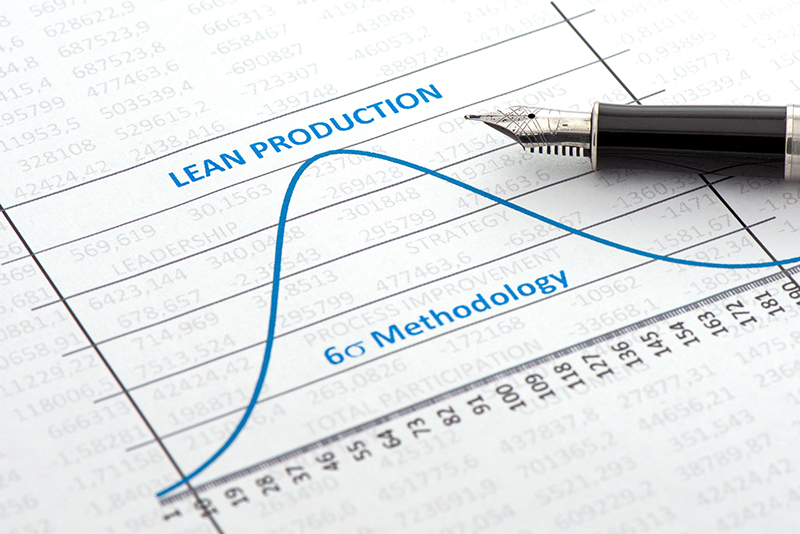What is Lean and Six Sigma?
LEAN

Lean manufacturing originated from the Toyota Production System, which Toyota initiated in the post-war years as a response to extreme resource shortages, poor product quality and competitive pressures in the automotive industry.
Lean focuses on reducing the wasteful activity found in processes, procedures, systems and working practices. It has a strong focus on understanding the value customers derive from the products produced or services offered, to create focus and therefore efficiency.
It is founded on 5 principles:
1. Define customer value
2. Identify the value chain
3. Create flow
4. Create pull
5. Sustain
Lean was popularised by the work of Jim Womack and Dan Jones through their book Lean Thinking, and has now evolved into a movement, that reaches far beyond its manufacturing origins into Lean knowledge consumption, Agile: Lean software development, Lean start-up, and many more.
Six Sigma
Six Sigma was developed in-house by Motorola in early 1980’s and was quickly appropriated by General Electric’s legendary CEO Jack Welch. It has since found strong advocates across industries and has been praised for bringing an academic mindset into the world or business.
At its heart is the scientific approach to solving business problems. Starting with testing the problem statement, collecting data, running statistical analysis, and running experiments to derive solutions to quality as well as delivery problems.
Six Sigma follows a structured and logical approach called DMAIC: Define, Measure, Analyse, Improve, Control.

Define

Measure

Analyse

Improve

Control
And has also been successfully applied to R&D through Design for Six Sigma.
Six Sigma is synonymous for its belt system of accreditation, from Yellow belts for beginners, Green Belts for project managers, Black Belts for advanced statistical analysis and Master Black Belts for mentoring and training.
